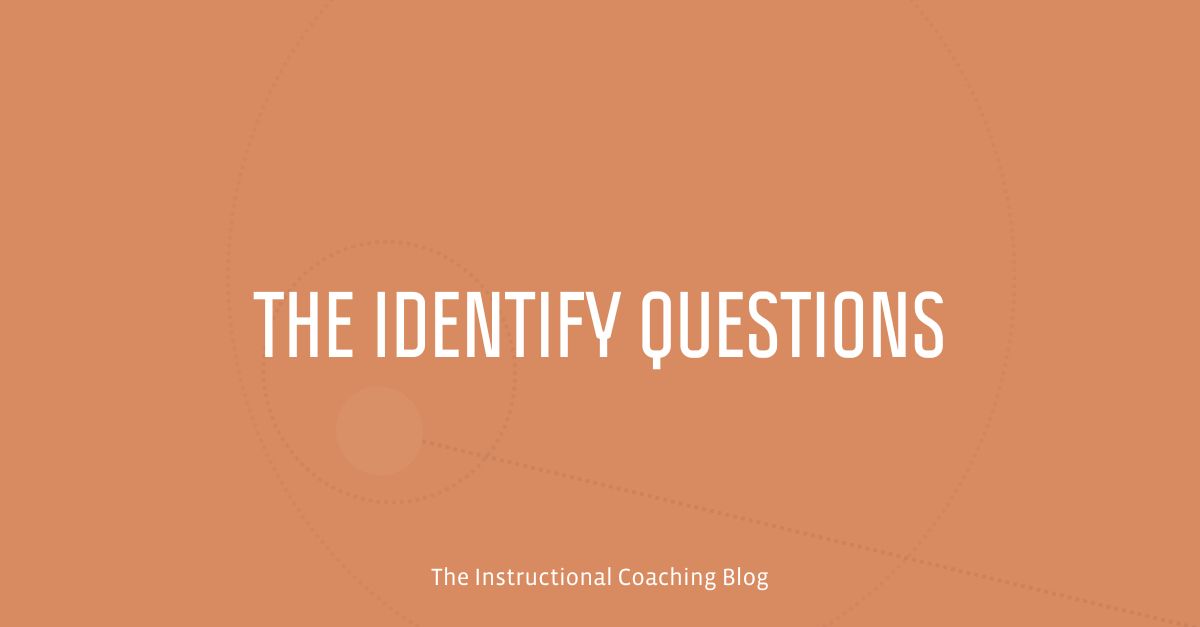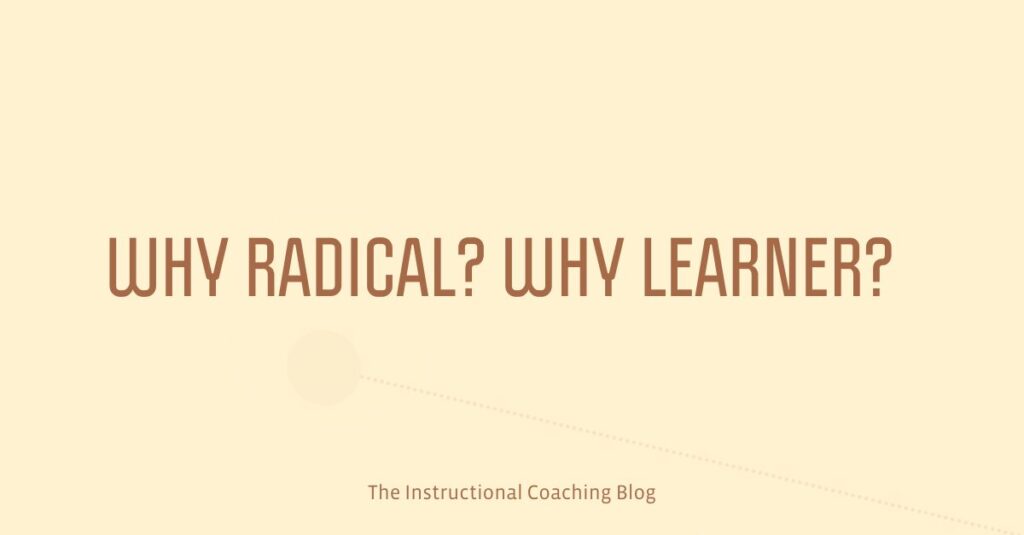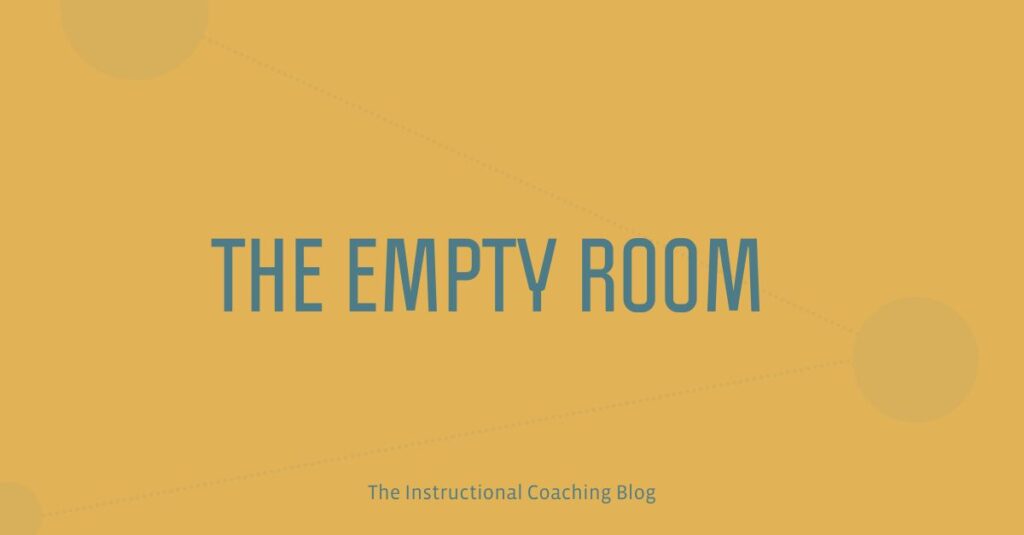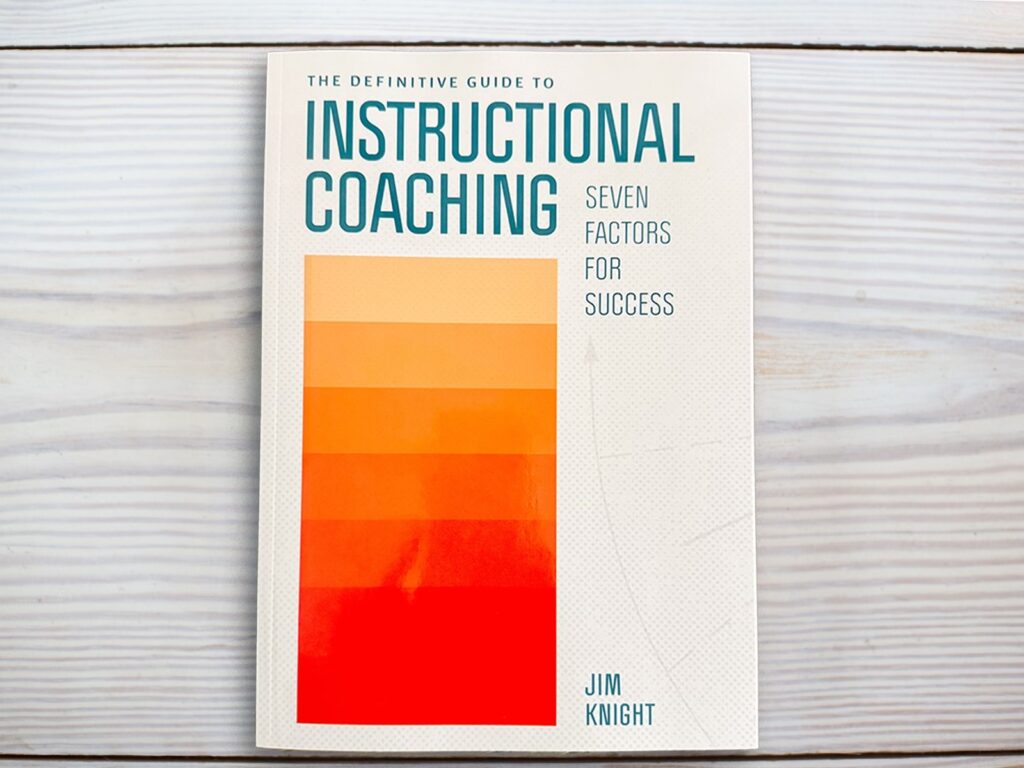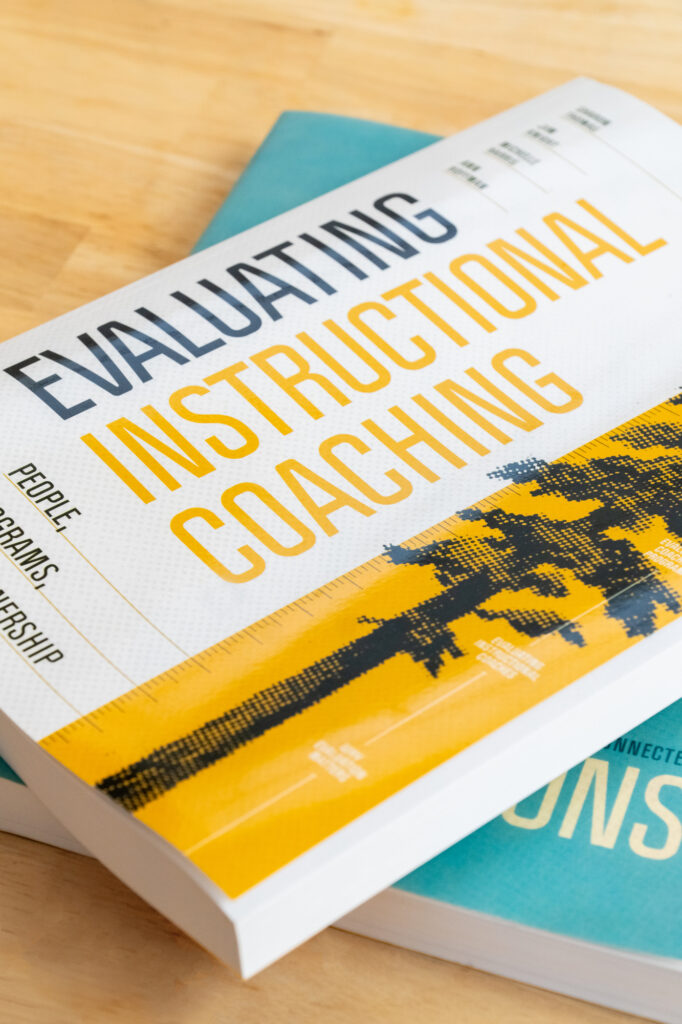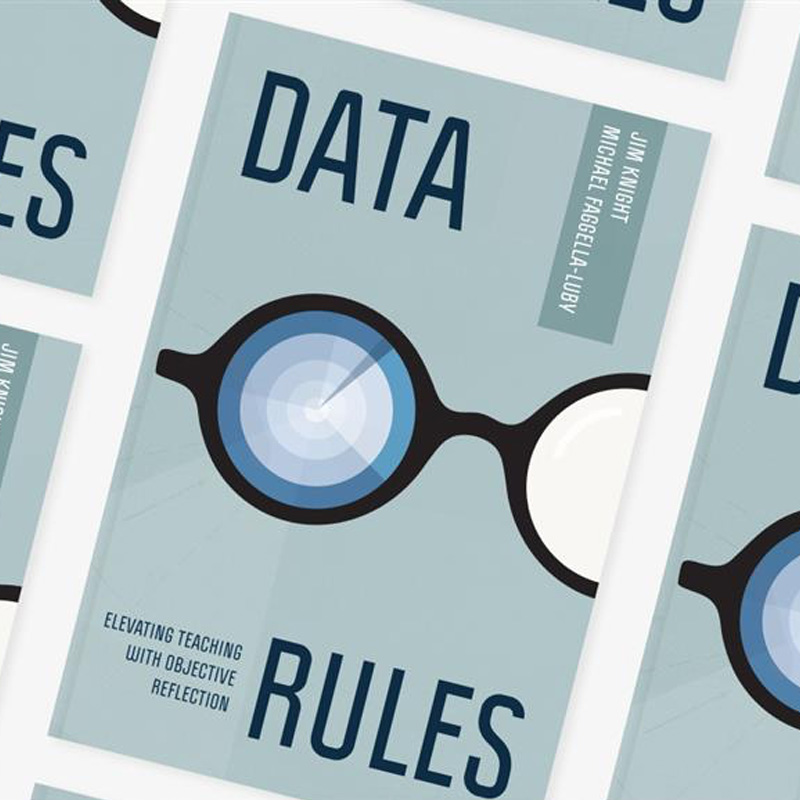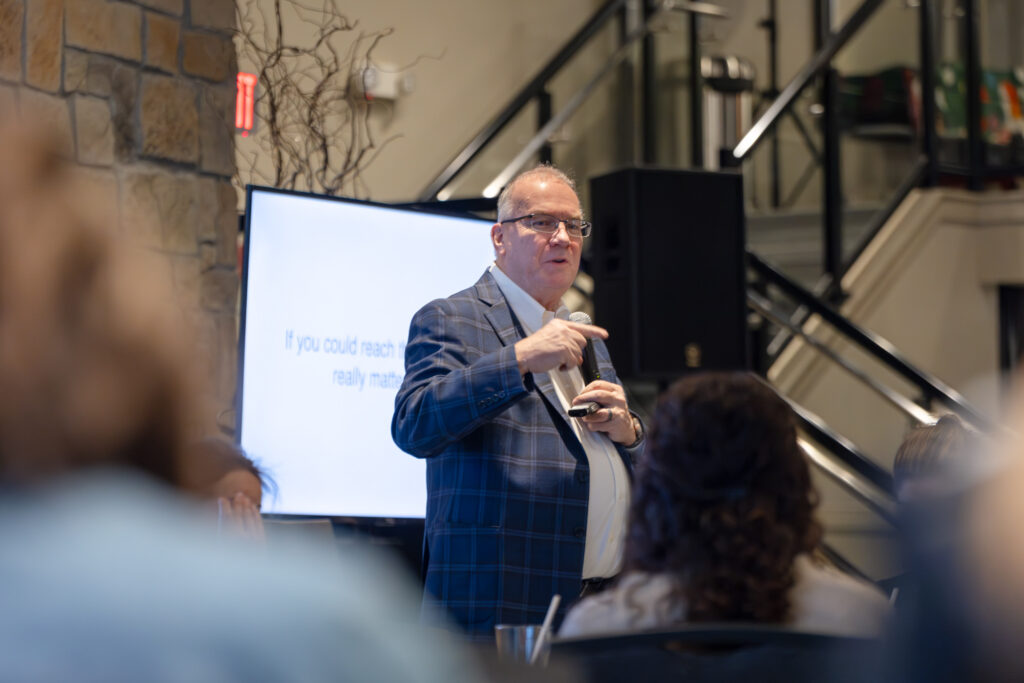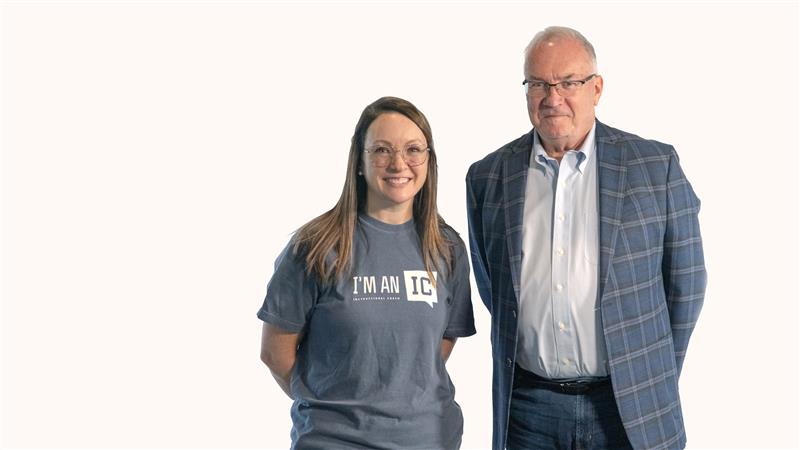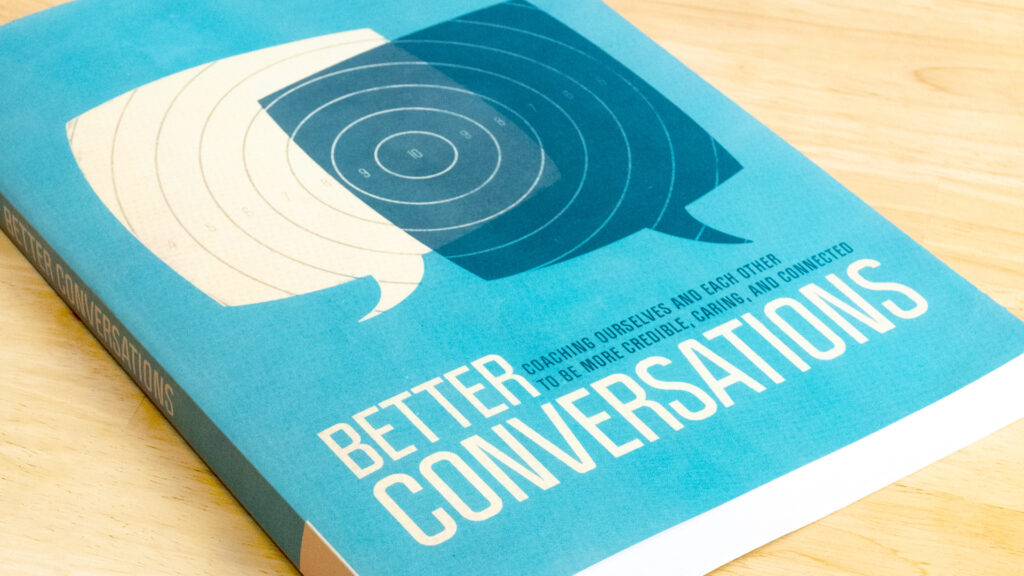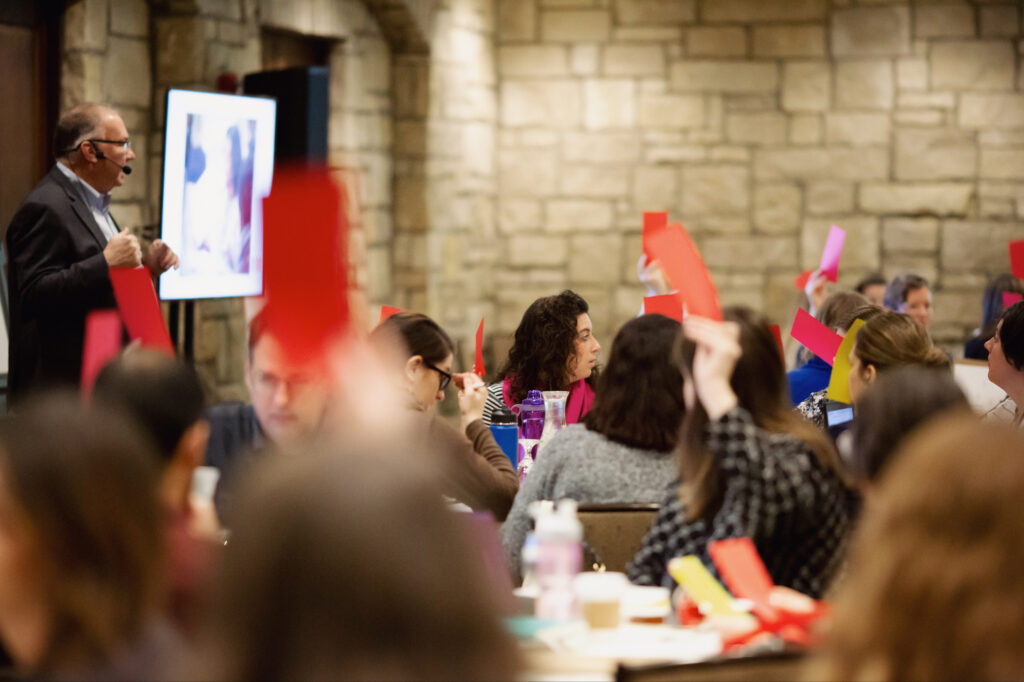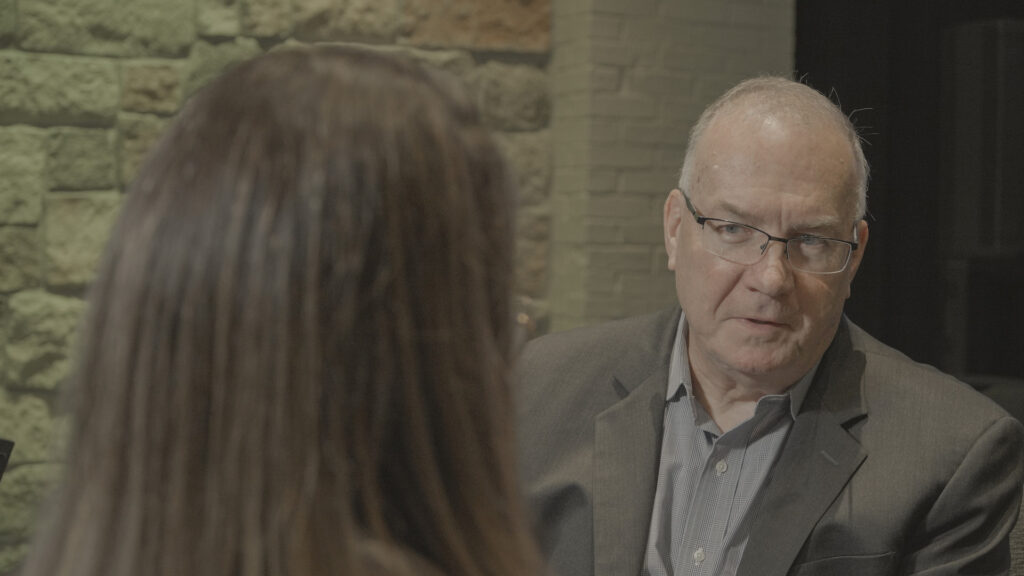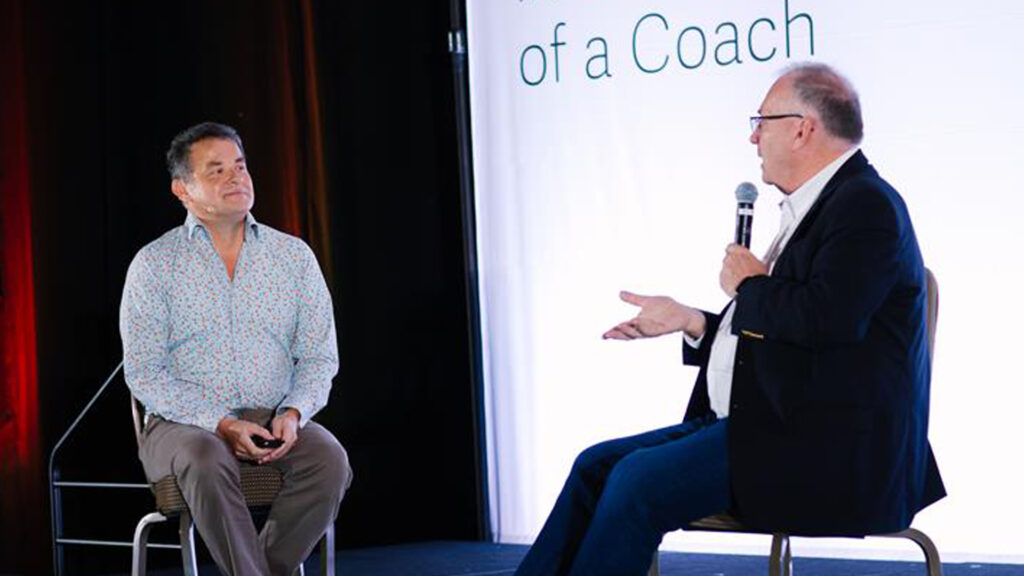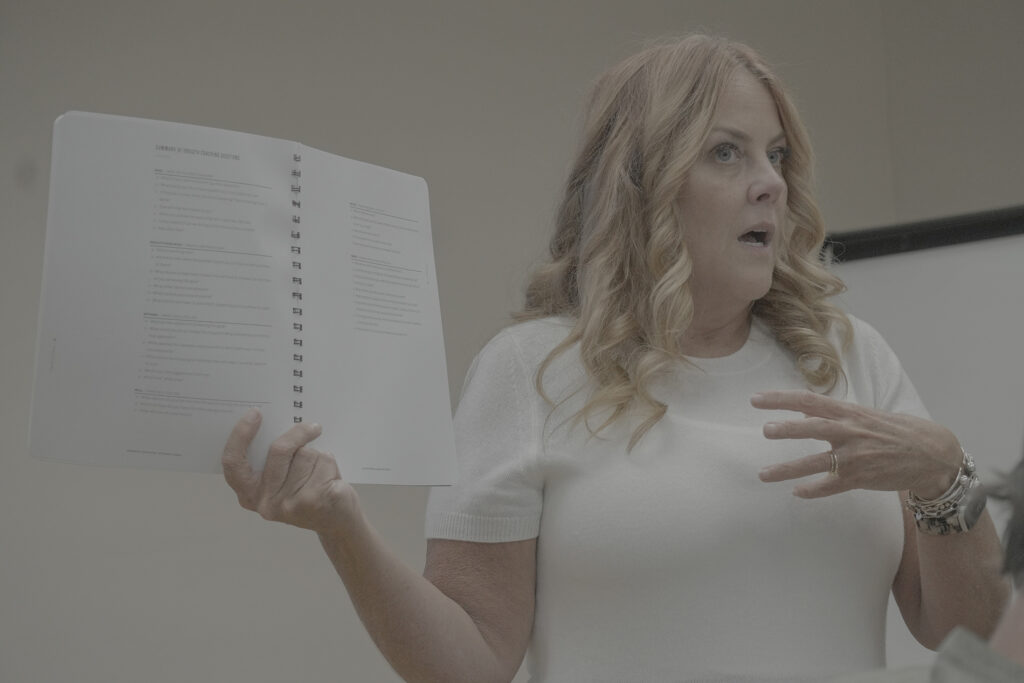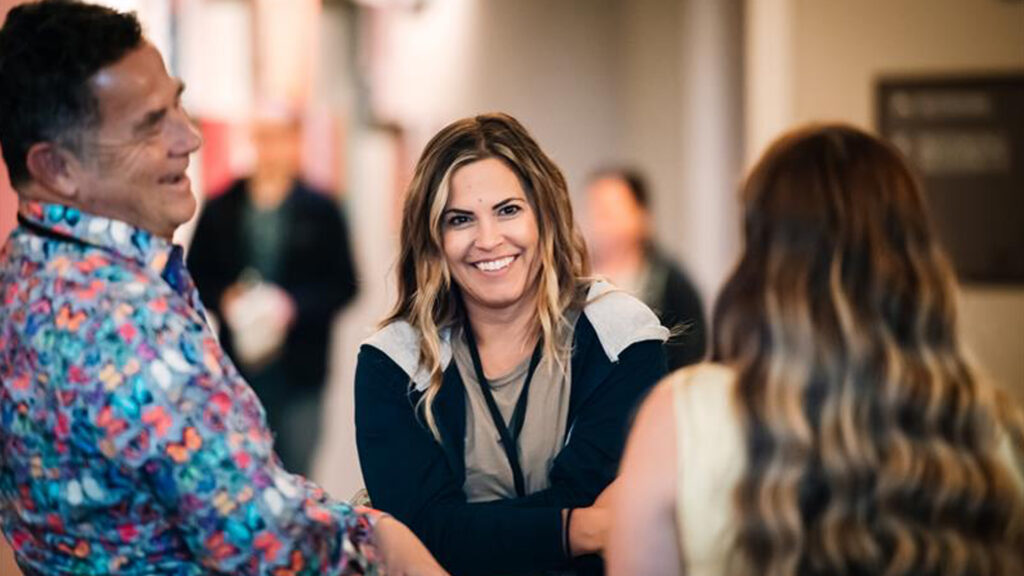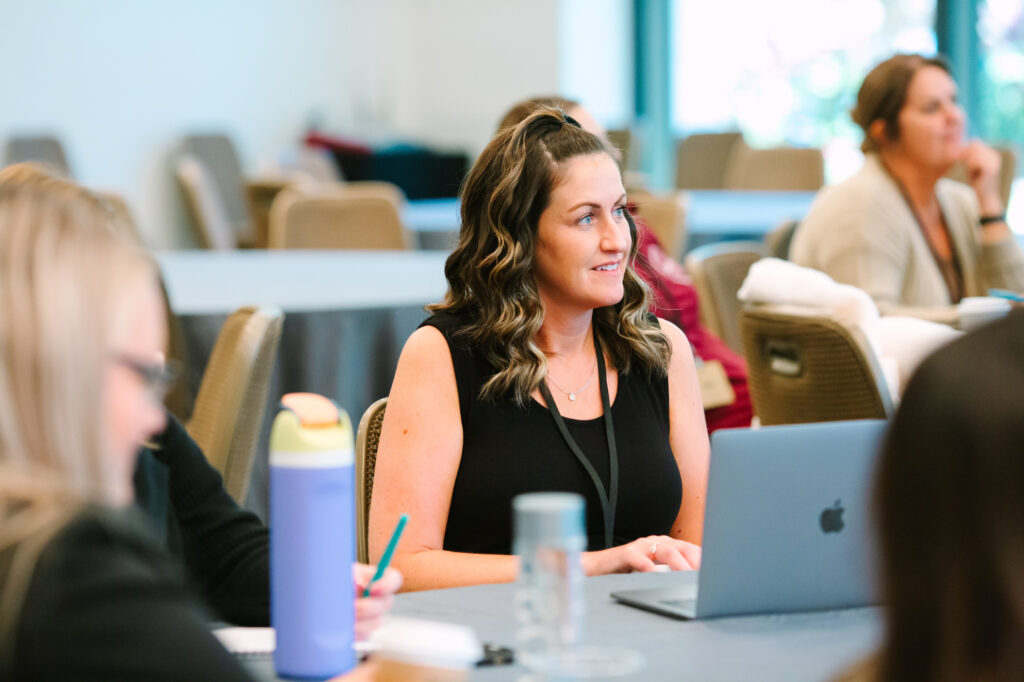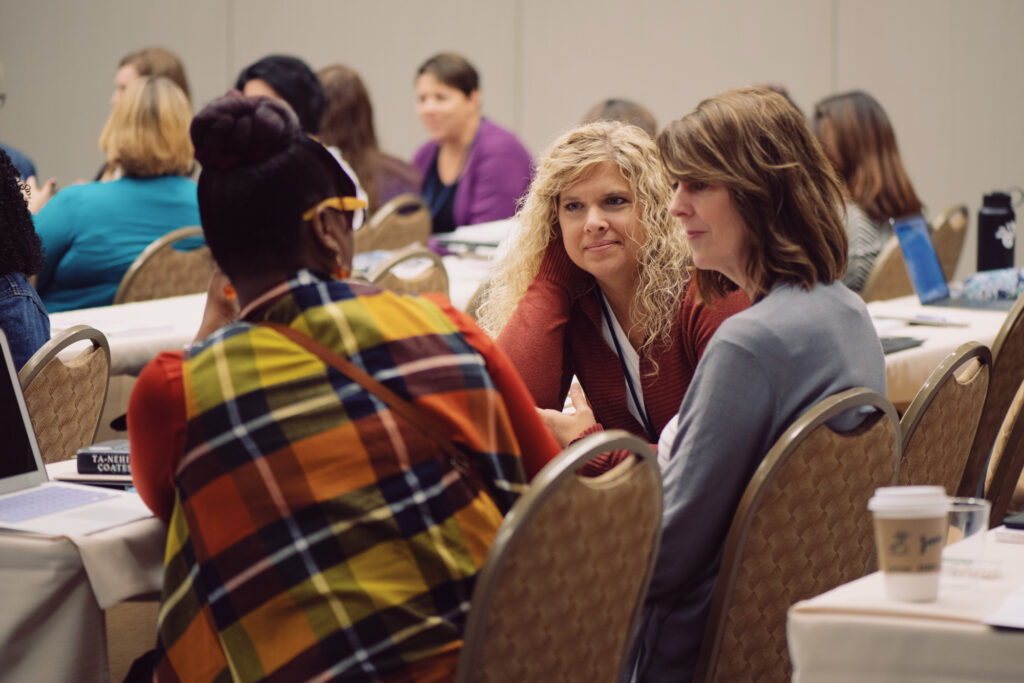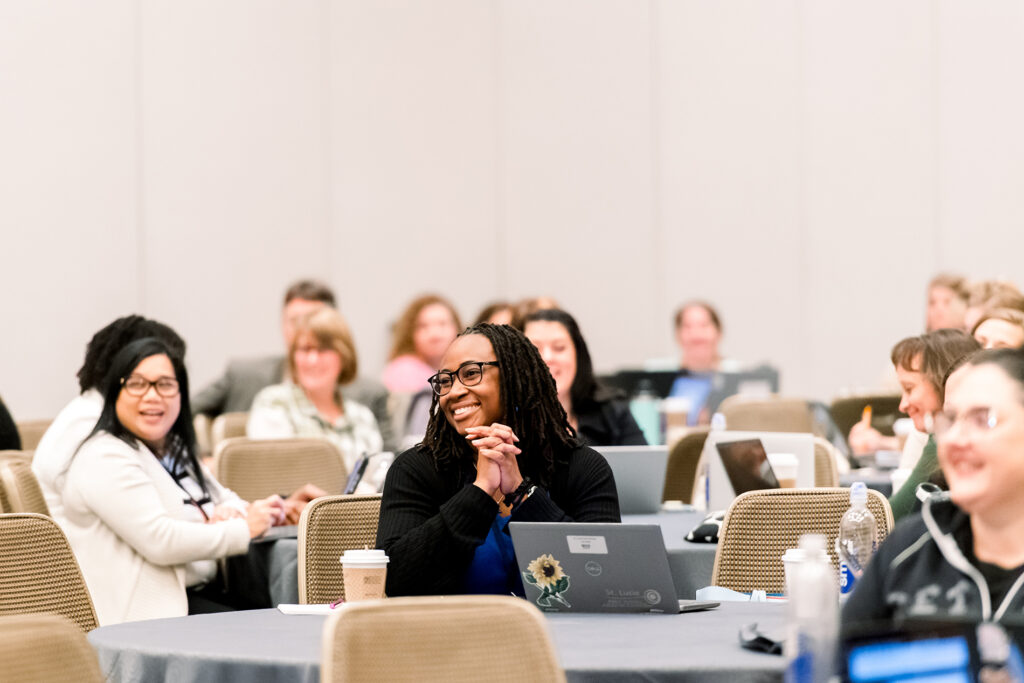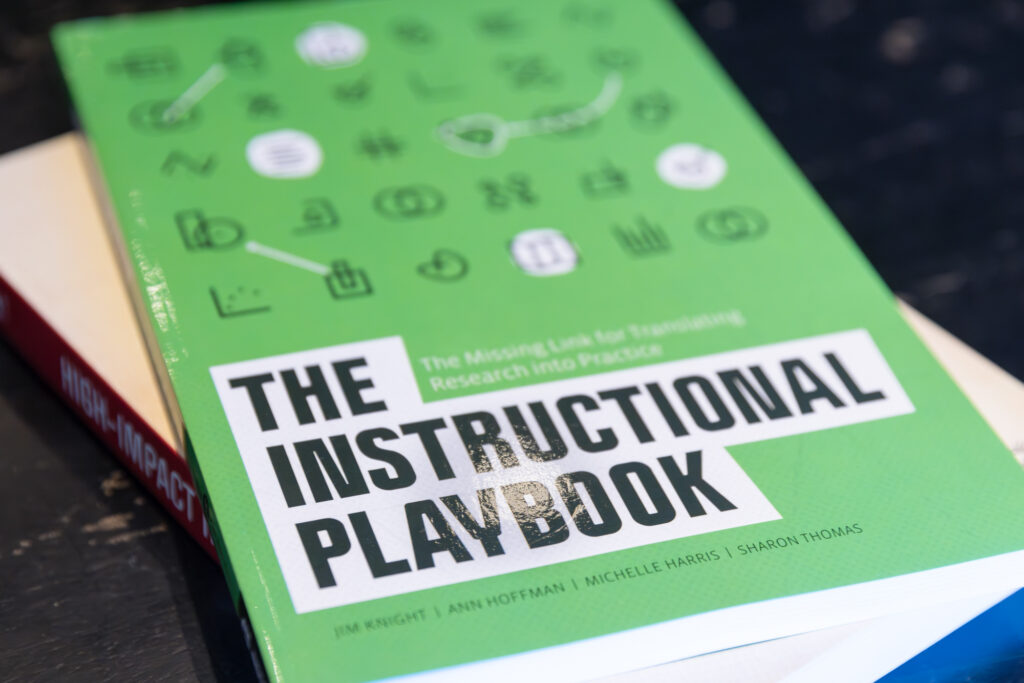At the heart of setting PEERS goals during the Identify stage of the Impact Cycle are the Identify Questions. Instructional coaches use these questions to help teachers define a PEERS goal. They ask these questions after the teacher has gained a clear understanding of their reality—whether through watching a lesson video, reviewing student work, analyzing student interviews, examining observation data, or a combination of these methods.
When a teacher reviews a video of their lesson, the questions guide the coaching conversation. If the coach shares data with the teacher, the questions come after the information is presented. Each question serves a distinct purpose within the conversation.
These questions are not meant to be asked mechanically or in a rigid order. Rather, they serve as touchstones for a dynamic and unique conversation every time. Over time, many coaches find other insightful questions that enhance their coaching. What’s essential is that coaches collaborate with teachers to identify goals that will positively impact student learning and well-being. If the Identify session results in a clear PEERS goal, then whatever questions were asked can be considered successful.
Here is a look at the Identify Questions and why we use them:
- On a scale of 1-10, with 1 being the worst lesson you’ve taught and 10 being the best, how would you rank that lesson?
This question helps teachers reflect on their lesson and promotes constructive conversations. It empowers them to take charge of the coaching process, focusing on their strengths and guiding future improvements. It encourages teachers to recognize progress and prioritize next steps. - What pleased you about the lesson?
Acknowledging what went well is as crucial as recognizing challenges. Focusing on strengths creates a balanced, realistic view of the lesson, providing a solid foundation for improvement and fostering a positive, solution-focused coaching conversation. - What would have to change to move the lesson closer to a 10?
This question shifts the focus to potential solutions and future improvements. It helps teachers consider necessary changes while avoiding dwelling on what’s wrong. It encourages goal setting by visualizing a better outcome, aligning efforts with the most pressing needs. - What would your students be doing differently if your class was a 10?
This question refocuses coaching away from strategy-driven advice and achievement scores, and centers it on student needs and outcomes. It shifts attention toward what will truly benefit students and helps resist the temptation to focus on irrelevant solutions. - Tell me more about what that would look like.
This question helps refine the teacher’s vision by broadening the perspective on the desired classroom changes. It provides clarity on how the teacher envisions the improvement and aids in translating that vision into specific goals. - How could we measure that change?
Measuring progress is essential for successful coaching. This question ensures that both coach and teacher have a clear understanding of what success looks like and provides a concrete way to track the effectiveness of the coaching process. - Do you want that to be your goal?
This question ensures that the teacher is fully invested in the goal-setting process. It reinforces that the coaching journey is teacher-centered, ensuring that the goal aligns with their values and the needs of their students. - If you could hit that goal, would it really matter to you?
This question emphasizes the importance of personal motivation. If the teacher doesn’t care deeply about the goal, it won’t be achieved. Coaches should help teachers identify goals that resonate with them emotionally and professionally. - What teaching strategy can you use to hit your goal?
Here, the coach and teacher collaborate to identify effective strategies to reach the goal. The teacher should make most of the decisions, while the coach provides guidance on high-impact practices, ensuring the teacher feels empowered and engaged. - What are the next steps?
This question focuses on the specific actions and timelines necessary to move forward. It ensures that the coaching process is concrete, actionable, and includes clear next steps for both the teacher and coach to follow.
Download a copy of the Identify Questions here. Learn more about them in The Impact Cycle (2018) book or by attending one of our Impact Cycle workshops!
